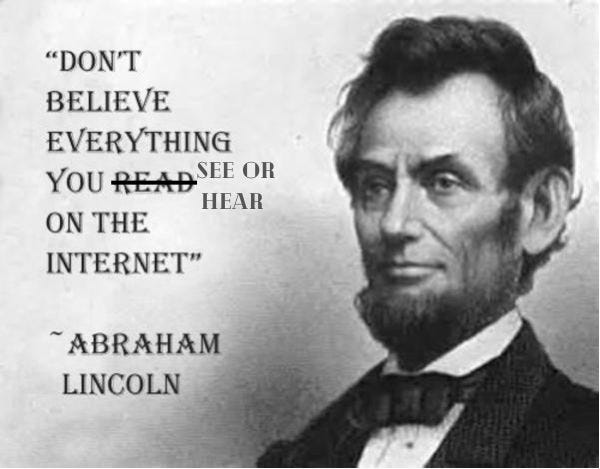The Rise of Deepfakes: A Threat to Truth and Credibility
Written on
Understanding the Deepfake Phenomenon
The emergence of political deepfakes signals a concerning shift towards a future where discerning truth from fabrication becomes increasingly difficult. The technology that enables these manipulations is evolving rapidly, creating a landscape where visuals and audio can no longer be trusted.
Deepfakes have transitioned from a niche curiosity to a mainstream concern, especially for public figures such as celebrities, politicians, and journalists.
The Dark Side of AI Technology
In recent times, both ordinary individuals and high-profile figures have found themselves victims of deepfake technology, often having their likenesses misused in inappropriate contexts. Numerous platforms now allow users to create misleading content by superimposing faces onto existing videos or images, often leading to distressing outcomes for those targeted.

With over 9,500 websites dedicated to deepfake pornography, the accessibility of this technology raises alarming questions. One must consider the capabilities available to well-funded and malicious state actors who may leverage these tools for harmful ends.
The Evolution of Deepfake Content
Since its mainstream introduction in 2018, deepfake technology has undergone significant transformations. Initially, 96% of online deepfakes were of a sexual nature, but the landscape is changing. By February 2023, the first deepfake news clips began circulating, and notable instances of political deepfakes emerged, such as a viral audio clip featuring UK Labour leader Keir Starmer in October 2023.
Chapter 2: Political Manipulation and Celebrity Impact
The first video titled "Bella Hadid video supporting Israel is a deepfake" reveals how deepfake technology can be weaponized in political contexts. This clip showcases the potential for misuse and the challenges it poses to authentic discourse.
The second video, "Israel SMEARS Bella Hadid For Palestine Post," further illustrates the intricate relationship between celebrity influence and political narratives, highlighting the risks celebrities face in the realm of digital misinformation.
The Case of Bella Hadid
Bella Hadid, a well-known Palestinian-American model, has recently become embroiled in controversy due to a deepfake video that misleadingly portrays her as retracting her previous comments on the Israel-Palestine conflict. Despite her advocacy for humanitarianism and condemnation of violence against civilians, a fabricated clip emerged just after she expressed her views on social media.
In the deceptive video, Hadid appears to support Israel, stating she has changed her stance after reflecting on the ongoing conflict. However, the video's authenticity is questionable, with signs of poor production quality and unnatural speech patterns.
The Consequences of Deepfake Propaganda
Even as this particular instance may seem absurd, it serves as a stark reminder of the potential of deepfakes to reshape political narratives and influence public opinion. As technology advances, future deepfake content may become increasingly convincing, making it difficult for individuals to discern fact from fiction.
The ramifications for political discourse could be profound, as videos and audio clips gain credibility despite being fabricated. Society remains ill-equipped to critically engage with the material encountered online, leading to a greater susceptibility to misinformation.
Moreover, studies indicate that exposure to deepfake content can create distorted memories regarding public events. As such, one can only imagine the implications this holds for the collective understanding of truth in media.
The Need for Vigilance and Awareness
Despite the emergence of legislation aimed at curbing the misuse of deepfakes, effective regulation remains a distant goal. Increased public awareness and critical engagement with online content are essential. The incident involving Bella Hadid underscores the importance of thorough fact-checking and responsible consumption of information, particularly among younger audiences.
As we navigate this evolving digital landscape, it is crucial to remain vigilant and promote a culture of accuracy and transparency in our interactions with media.
